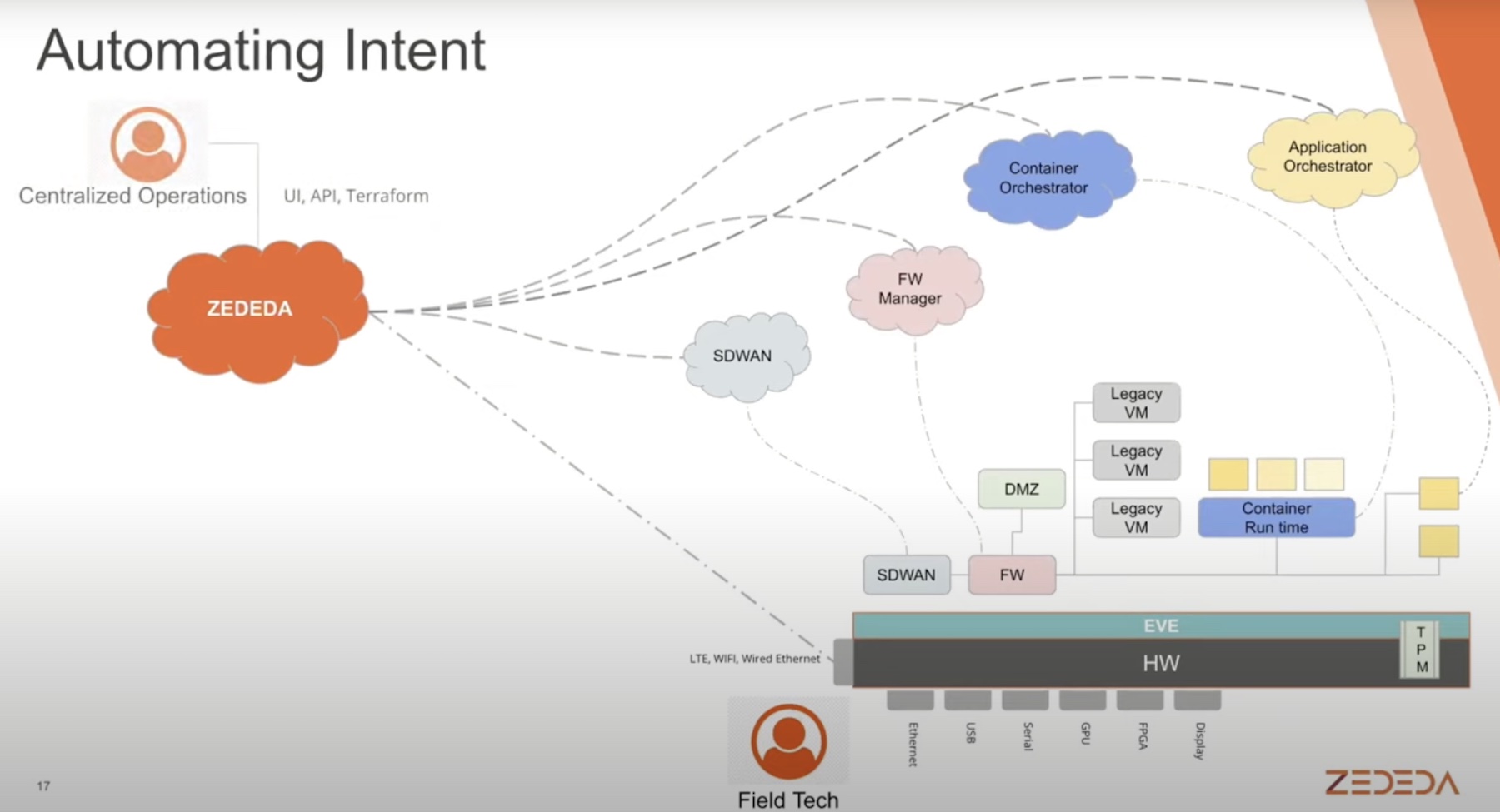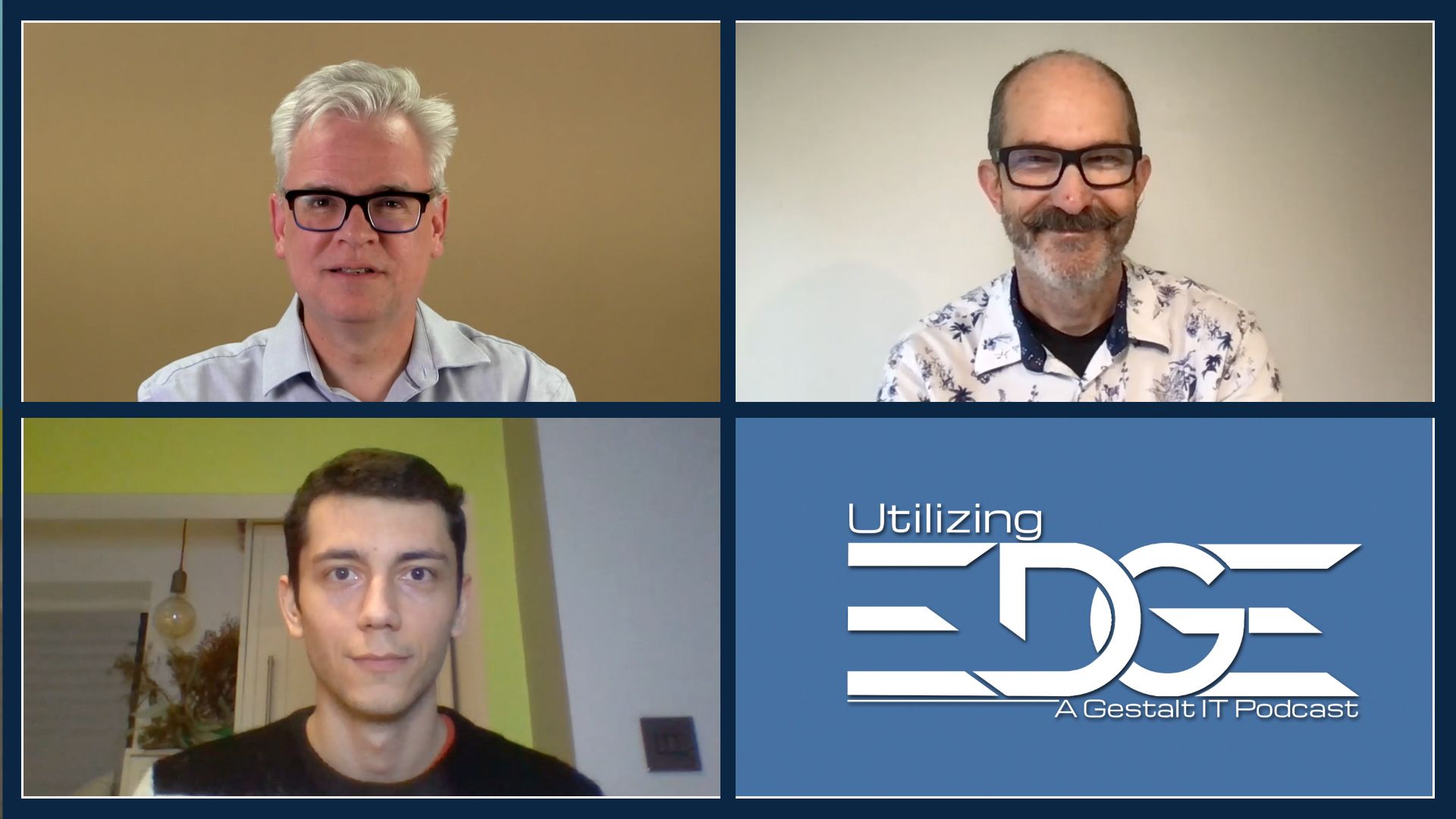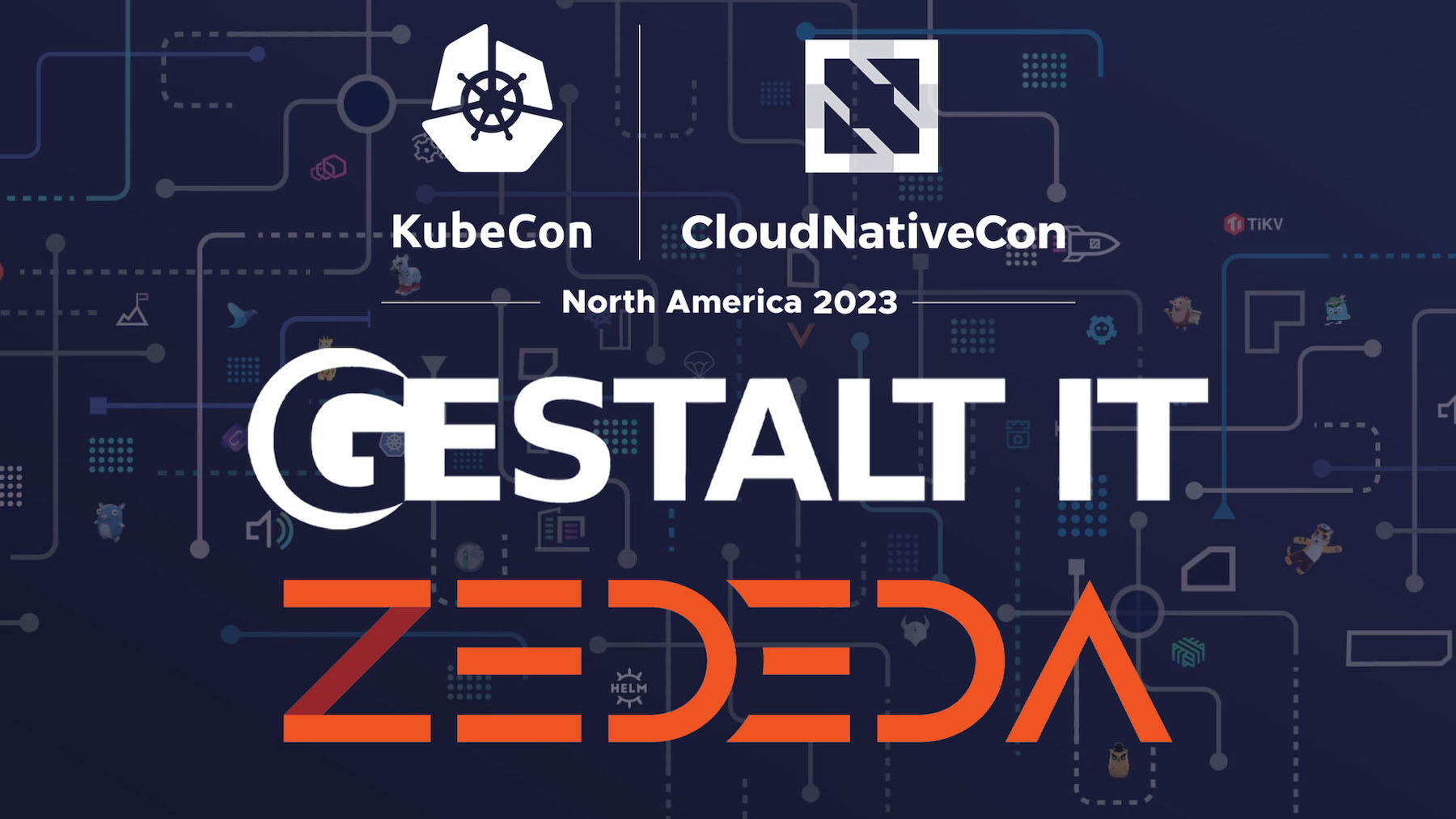Edge environments were historically very specialized, but virtualization and cloud technology is enabling companies to deploy commodity platforms at the edge. This episode of Utilizing Edge features Raghu Vatte of ZEDEDA discussing this commoditization with Alastair Cooke and Stephen Foskett. Although the transition is still getting started, standard compute platforms are rapidly being exploited at edge locations, from warehouses to retail to industrial. Even is some specialized hardware is still needed, a unified platform can increasingly absorb a majority of applications at the edge. Another factor contributing to commoditization is the standardization of application requirements, with most now virtualized or containerized with standards developing for I/O and shared hardware resources.
- Stephen Foskett, Publisher of Gestalt IT and Organizer of Tech Field Day. Find Stephen’s writing at GestaltIT.com and on Twitter at @SFoskett.
- Alastair Cooke, independent analyst and consultant working with virtualization and data center technologies. Connect with Alastair on LinkedIn and Twitter. Read his articles on his website.
- Raghu Vatte, VP of Product Management and Customer Success at ZEDEDA. Connect with Raghu on LinkedIn to continue the conversation.
For your weekly dose of Utilizing Edge, subscribe to our podcast on your favorite podcast app through Anchor FM and check out more Utilizing Tech podcast episodes on the dedicated website, https://utilizingtech.com/.
Key Points: Commoditization of Edge Infrastructure
- Edge environments used to be messy and lacked consistency, with proprietary hardware and specialized systems from different vendors.
- Standardization and commoditization of edge platforms are becoming a trend, similar to what happened in the cloud and data center.
- While there is a desire to standardize on a unified platform at the edge, customers also have existing investments in various platforms, so providing a path to integrate or migrate gradually is crucial.
- The edge includes not only new applications but also legacy Windows applications, and a unified platform should support both.
- There is a strong desire to commoditize hardware at the edge, allowing for the use of cheaper and more reliable commodity hardware while focusing on software intelligence and resiliency.
- Various sectors, including retail, manufacturing, and energy, are shifting towards commoditized hardware for their applications, driven by factors such as cost-effectiveness, reliability, and supply chain considerations.
- The concept of commodity hardware has evolved, encompassing smaller form factors and virtualization layers that enable application development without being tightly tied to specific hardware models, contributing to increased flexibility and standardization at the edge.
- Standardization and ease of use are key factors driving the popularity of Intel NUCs and similar small form factor hardware, as they offer compatibility with standard software and interfaces, providing a more supportable environment compared to specialized alternatives.
- Applications running in edge environments are evolving to adapt to virtual environments and internet connectivity, enabling them to be deployed in various locations with available resources. The complexity of these applications increases as they encompass a wide range of components and dependencies, similar to solutions deployed in data centers or the cloud.
- Edge deployments aim to replicate the deployment process of cloud applications, integrating with CI/CD pipelines and enabling application updates. However, there are challenges in achieving the same level of elasticity and resource sharing due to the smaller scale of edge deployments and the presence of multiple stakeholders with authorization requirements.
- The evolution from individual computers to data centers and then to the cloud has brought forward the best practices and technologies. Now, the focus is on implementing the same cloud-based goodness and seamless deployment processes in the edge, addressing the scale and management challenges associated with numerous small-scale edge deployments. Additionally, catering to multiple stakeholders and abstracting complexities will be crucial for successful and scalable edge adoption.
- Edge computing is incorporating the best practices and lessons learned from data center and cloud computing, resulting in exciting and unexpected applications while leveraging commodity hardware.
- Companies approaching edge computing as a unique and distinct environment, considering stakeholders’ needs, are more successful than those trying to fit traditional approaches into the edge. Managing thousands of endpoints and locations requires a new mindset.




